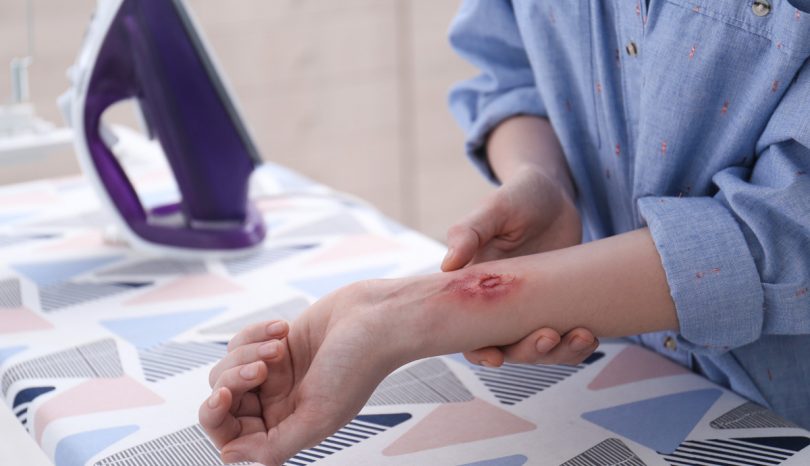- Find A Medical Provider
- Auto Injuries
- Common Injuries
- Medical/Pharmaceutical
- Types of Medical Injuries
- Malpractice Injuries
- Drug and Medical Device Injuries
- Drugs and Devices Linked to Cancer
- Opioid Addiction
- Drugs and Devices Known to Cause Injury
- 3M Combat Arms Earplugs – Hearing Loss
- Accutane
- Aciphex
- Actonel
- Actos
- Adderall and Ritalin
- Advair
- Aldara (Imiquimod)
- Alli
- Ambien
- Amiodarone
- Anzemet
- Aptivus
- Aranesp
- Arava
- Atorvastatin
- Avandia
- Benicar
- Birth Control Medication
- Blood Thinners
- Essure
- Fosamax (Alendronate Sodium)
- Gadolinium-Based MRI Contrast Agents
- Granuflo
- Hernia or Surgical Mesh Injuries
- Hydroxycut
- Inferior Vena Cava Filters
- Invokana Toe and Foot Amputations
- Ketek
- Levaquin
- Lipitor
- Mirapex
- Neurontin
- Onglyza
- Over-the-Counter Medications
- OxyContin
- Paxil
- Power Morcellators
- Pradaxa
- Propecia
- Reglan
- Talc Powder
- Trasylol
- Valsartan
- Viagra
- Xolair
- Zelnorm
- Zoloft
- Work Injuries
- Sports Injuries
- Marketing Services
- Blog
List your practice on InjuredCare | Log in / Sign up
Auto Accident Burn Injuries

Types of Injuries | Treatment Options for Burn Injuries
There's a common misperception that almost all injuries sustained in motor vehicle crashes result from impact. According to the National Library of Medicine, as many as one in every 10 hospital admissions for burn injuries stem from car accidents. A running engine typically reaches a temperature between 195° and 330° Fahrenheit. The coolant in your radiator can also reach temperatures close to boiling. In a collision, it's not uncommon to come in contact with a hot engine or be sprayed by hot coolant or oil. Of course, there's also a significant risk of fire if a gas tank is punctured or gas spills on or near a vehicle.
Burn injuries can run the gamut, from first degree to fourth degree. If you suffer any type of burn injury, it's critical that you seek immediate medical attention, as many injuries may be more serious than they initially appear, and medical professionals often have more treatment options when an injury is recent.
Types of Burn Injuries Suffered in Motor Vehicle Accidents
Burn injuries can be caused by a wide range of events in the course of a car crash:
- Your skin may come in contact with hot surfaces, including the engine, exhaust system, hot manifold, or catalytic converter.
- You can be sprayed by hot liquids, including engine coolant or oil.
- Gasoline from the engine may ignite, starting a fire.
- You can be hit by hot debris.
- You can suffer chemical burns when your airbag deploys. There's an aerosol release of sodium hydroxide when an airbag inflates, which can cause chemical burns to your skin.
- You can sustain burns by coming in contact with live electrical wires or currents.
The Different Degrees of Burns Suffered in an Auto Accident
Depending on the cause of your burns and your exposure to the source of heat, your burn injuries will be classified by degree:
- First degree—The least serious type of burn injury, first-degree burns typically involve damage only to the outer surface of your skin, known as your epidermis. First-degree burns typically sting for a short period of time but generally don't blister and won't leave a scar. They usually heal completely within 7-10 days.
- Second degree—A second-degree burn causes damage to both the epidermis and the dermis (the layer immediately below the epidermis). Burns that blister are generally deemed second degree burns. They usually heal within a few weeks but may leave a scar. In more severe cases, a skin graft may be necessary.
- Third degree—Third-degree burns go beyond your skin and cause damage to sweat glands, hair follicles, and other tissue. They almost always require some type of skin graft and generally cause scarring or disfigurement. They typically won't heal without medical care and can put you at great risk of infection.
- More serious burns—In a fourth-degree burn, which necessitates immediate medical attention, there's injury or damage to body fat as well as skin, hair follicles, sweat glands, and other tissue. Fifth-degree burns include damage to muscles, and sixth-degree burns involve injury or damage to bones. Any burn beyond the third degree should be considered a medical emergency.
How to Know If You've Suffered a Burn Injury in a Car Accident
Many symptoms of a burn injury are obvious. Your skin may be discolored, typically red for mild burns, but it may also be white or black in cases of more serious burns. You can expect to feel a stinging pain, particularly when you touch the burn or run hot water on it. It's common to feel heat or a burning sensation at the spot of the burn, and your skin may swell or become inflamed. With second-degree or more serious burns, you can expect some blistering of your skin. After some period of time, the area that has blistered will typically start to peel.
Treatment Options for Burn Injuries
Though the specific treatment for a burn depends on its severity, there are some general responses that apply to all types of burn injuries:
- Alleviate the pain—The use of painkillers or anti-inflammatory drugs can be highly effective.
- Keep the wound clean—One of the greatest risks with burn injuries is infection. Use bandages that fully cover the burn and change them often. Always dress the wound with antibiotic ointments or sprays.
For specific degrees of burns, take the following steps to facilitate healing:
- First-degree burns—Apply cool water to the burn, rather than ice. If the burn is very mild (the only symptom is red skin), aloe vera gel can help.
- Second-degree burns—Cool water also helps these second-degree burns. Swelling and pain can also be minimized by elevating the burn above your heart. You may also ask your doctor for prescription drugs to minimize risk of infection.
- Third-degree burns—A third-degree burn almost always requires a skin graft. In addition, you'll likely need IV fluids to minimize the risk of dehydration and keep blood pressure in check.
With more serious burn injuries, there's a risk of scarring, which can cause loss of range of motion or other complications. Even though primary healing has taken place, you should continue to seek medical attention until your doctor diagnoses you as fully healed or having attained maximum medical recovery.









